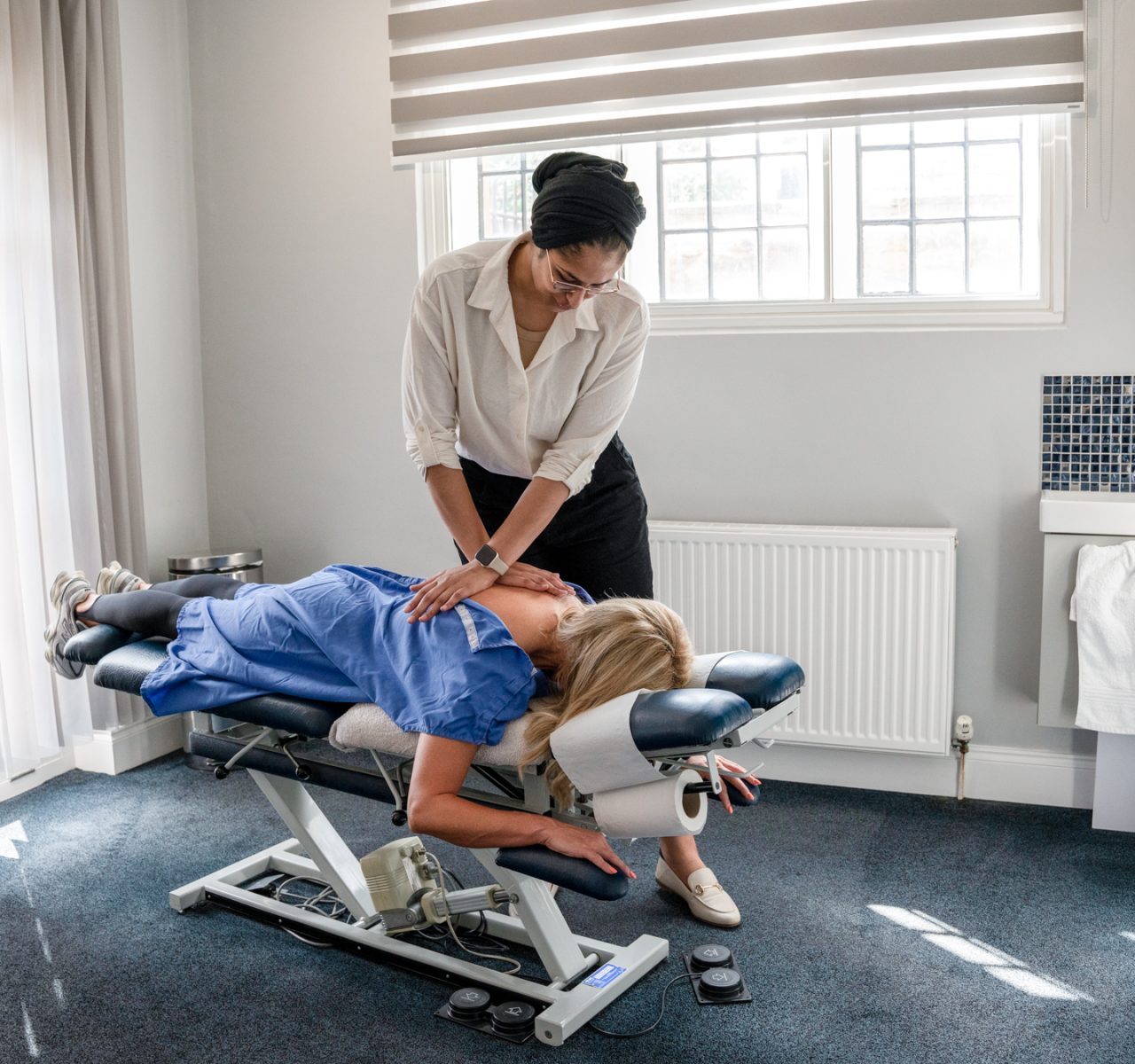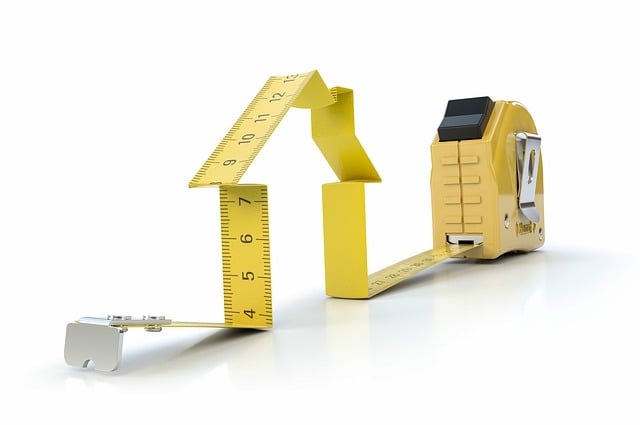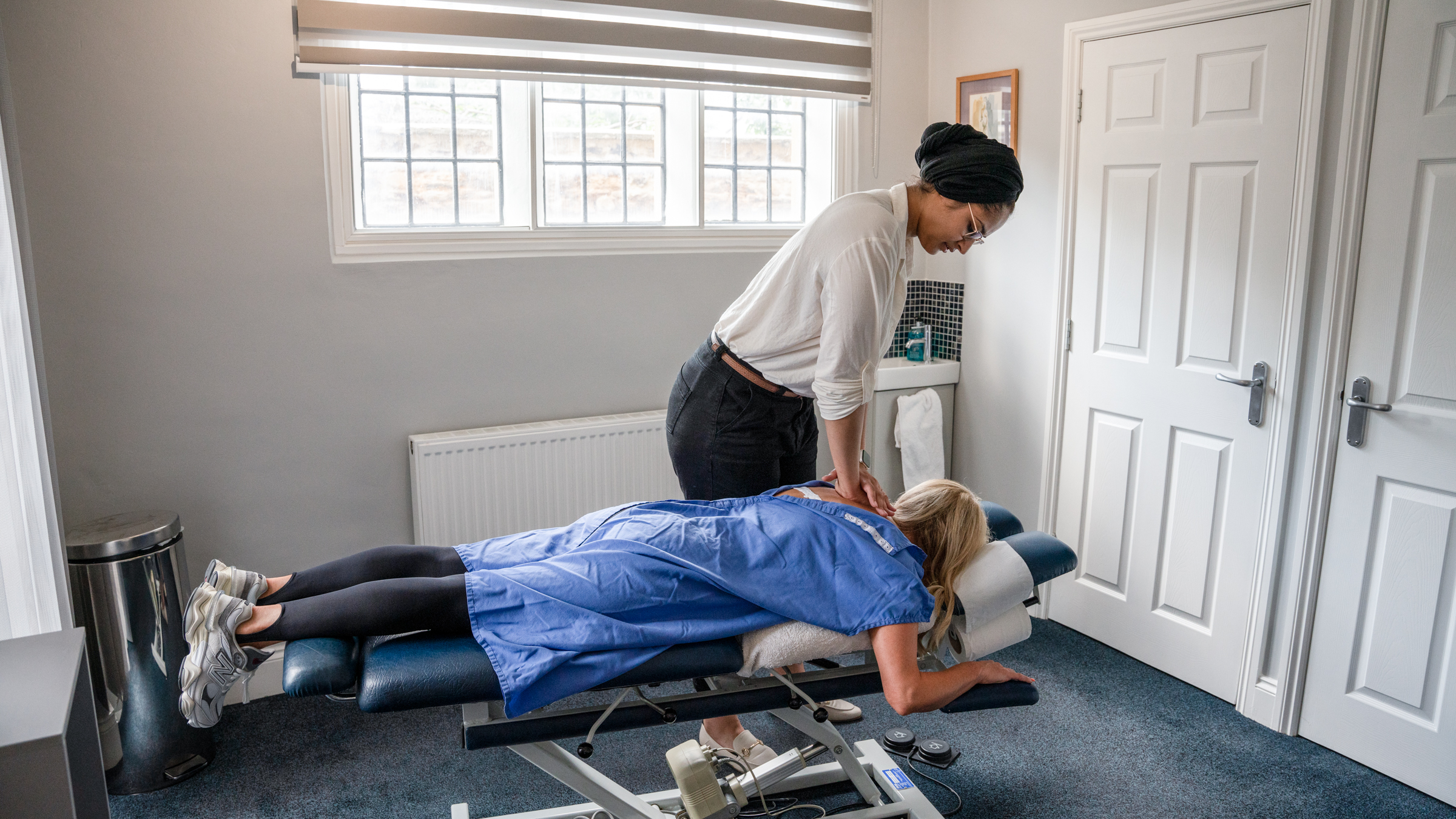You Shouldn't Do General Spinal Stretching
Almost everyone can benefit from stretching the soft tissues – the muscles, ligaments and tendons – in the hips, legs and buttocks. The spinal column and its muscles, ligaments and tendons are all designed to move and limitations in this motion can make back pain worse.
It is important to know that the spine is a chain of 24 segments or vertebrae and each segment has a limit of how far it can move safely. If it moves further than normal you get an injury and pain. The individual vertebrae in the lower back have the capacity to move 2-5 degrees in rotation individually, which is not much!
When you do general mobility exercises, the most flexible part will move the most and the stiff part of your spine will only move slightly, if at all, before you feel pain from the flexible part. There is no evidence to show that improving your general spinal movement will reduce your back pain, or neck pain!
Chiropractic manipulation is very specific and precise. We can select exactly which vertebrae to move to avoid putting stress on the unstable part. This is why it is not advisable to do general twisting exercises or hyperextension exercises if you have a back problem. Do the McKenzie exercises aggravate your problem? Then stop now!
So – don’t do general spinal stretching if you have back problems! When Starting a Stretching Routine Keep the following in mind when starting a stretching routine as part of a program of back exercises:
- Wear comfortable clothes.
- Stretching should be pain free; do not force the body into difficult positions;
- Move into the stretch slowly and avoid bouncing, which may actually tear muscles;
- Stretch on a clean, flat surface that is large enough to move freely;
- Hold stretches long enough (20-30 seconds) to allow muscles or joints to become loose; and repeat the stretch, generally 5 – 10 times.
If you need to stretch a muscle group often to keep it relaxed, there is an underlying reason which should be investigated!
Neck and Shoulder Stretches If you already have low back pain or neck pain, it is best to check with a chiropractor and discuss whether the following neck, shoulder and lower back pain exercises should be done.
A stiff back is sometimes accompanied by a stiff neck, and the following exercises can be done to stretch the neck and shoulder area.
Flexion Stretch—Chin to Chest While standing or sitting, gently bend the head forward while bringing the chin toward the chest until a stretch is felt in the back of the neck.
Lateral Flexion—Ear to Shoulder This exercise stretches the neck area below the ears as well as the top of the shoulder. To begin, gently bend the neck to one side as if to touch the ear to the shoulder until a stretch is felt in the side of the neck. Switch to stretch the other side.
Back Exercise Stretches
Many back pain patients know the feeling of tension in the back, especially first thing in the morning. These stretching back exercises can help bring back some suppleness and increase mobility, decreasing back pain and discomfort.
- Back Flexion Exercise: While lying on your back, pull both knees to the chest while simultaneously flexing the head forward until a comfortable stretch is felt in a curled-up position.
- Knee to Chest Stretch: While lying on the back with the knees bent and both heels on the floor, place both hands behind one knee and bring it to the chest.
- Hips and Gluteus Stretches: The hips and buttocks (where the gluteus muscles are) support the lower back, and stretching these muscle groups plays a pivotal role in maintaining spine flexibility.
- Hip Stretch: While standing with feet shoulder-width apart, take a half-step back with the right foot, bend the left knee and shift weight back to the right hip. While keeping the right leg straight, bend forward more and reach down the right leg until a stretch in the outer hip is felt.
- Piriformis Muscle Stretch: The piriformis muscle runs through the buttock and can contribute to back pain or leg pain. To stretch this muscle, lie on the back and cross one leg over the other and gently pull the other knee toward the chest until a stretch is felt in the buttock area.
If you would like more information on pain relief and stretching contact us here.




